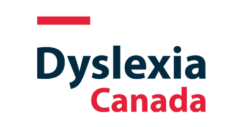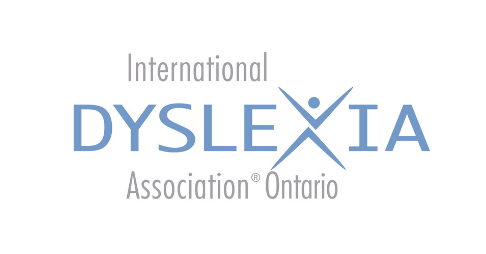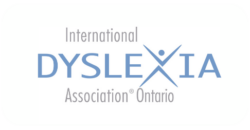In this book, Heidi Mesmer shares research-backed strategies to support teachers as they move students beyond basic phonics and decoding short words. It’s easy to follow with lots of graphics, sidebars, resources accessible by QR code and appendices. Part I of the book breaks down […]
Curious about the best way to teach students to read multisyllabic words? Check out this explainer from two researchers who study multisyllabic word reading.
Morphological awareness is a skill that helps students read and spell. Teaching English morphemes, and building students’ awareness of morphemes in oral and written language, is key to supporting vocabulary, spelling, comprehension, and writing.
This is a comprehensive guide for morphology instruction – it explains the layers of the English language, walks through a suggested sequence of instruction, and includes sample lesson templates complete with word sums and matrices.
With a new curriculum, there are lots of new terms for both educators and families to navigate. This glossary contains high-level explanations for many terms used in the Language curriculum, with the goal of supporting partnerships with school and home.
In this well-organized book, the authors walk readers through six shifts that teachers of Grades 3-5 should consider when bringing reading science into the classroom: Reconsidering How Knowledge Impacts Comprehension, Rethinking the Role of Strategy Instruction in Learning to Comprehend, Recommitting to Vocabulary Instruction, Reclaiming […]
This webinar dives into morphology – what is it? Why is it important? When should you start to teach it? What are some instructional techniques? How is it related to etymology?
This resource has been compiled by a group of Canadian language and literacy experts. It is organized into three primary segments. First, it highlights the essential information educators should possess about various research types, enabling them to stay well-informed and knowledgeable about the connection between […]
This facilitator’s guide is designed to assist professional learning communities (PLCs) in applying evidence-based strategies to help K-3 students acquire the language and literacy skills needed to succeed academically. This document is a support for educators watching the IES videos of foundational language and literacy […]
Melinda Hinch, Speech-Language Pathologist at Greater Essex County DSB, has adapted morphology lessons from The Morphology Project, an open-source series of lessons developed by a group of teachers and school leaders in Australia. This is a series of slides to teach grade 3 students the […]
Melinda Hinch, Speech-Language Pathologist at Greater Essex County DSB, has adapted morphology lessons from The Morphology Project, an open-source series of lessons developed by a group of teachers and school leaders in Australia. This is a series of slides to teach grade 2 students the […]
Melinda Hinch, Speech-Language Pathologist at Greater Essex County DSB, has adapted morphology lessons from The Morphology Project, an open-source series of lessons developed by a group of teachers and school leaders in Australia. This is a series of slides to teach grade 3 students the […]




